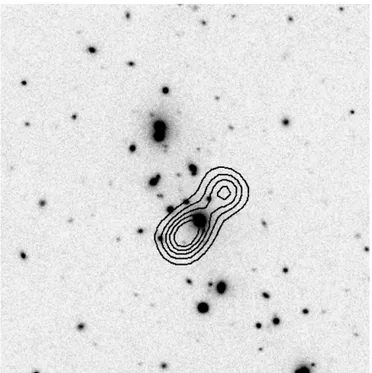Constraining the redshift evolution of first radio sources in RCS1 galaxy clusters
Texto completo
Figure




Documento similar
The general idea of the language is to “thread together,” so to speak, existing systems that parse and analyze single web pages into a navigation procedure spanning several pages of
The main objective is to know the evolution of the overall flexibility over time in the shoulders area and lower members and lower part of the back, of a group of elderly
In a similar way we can determine the cumulative fraction of clusters that host diffuse relic emission as a function of radio flux. 7 shows the cumulative fraction for different
As mentioned before, although there has been no research using ML in the estimation of radio propagation loss in the presence of vegetation, there are some works related to
In the “big picture” perspective of the recent years that we have described in Brazil, Spain, Portugal and Puerto Rico there are some similarities and important differences,
In this article, (i) we present a brief synopsis of the development of community radio in Colombia, after that (ii) we point out how community radio strengthen the peace
Next we study the evolution of the total mass density profiles of the main galaxy clusters in the dataset to find how stable is their mass distribution across their
Measuring the concentration–mass relation and its redshift evolution in a subsample of MUSIC-2 halos that reproduces the distribution of X-ray regularity parameters of the clusters
